When it comes to enhancing your smile, selecting the right restorative dental approach is crucial. In the United States, patients frequently ponder over whether to opt for dental veneers or traditional restoration methods. Each option offers distinct benefits and is suitable for different dental situations. With advances in cosmetic dentistry, understanding these differences can help in making an informed decision tailored to individual needs. At Dentistry Toothtruth, we aim to provide clarity on this topic, helping you choose the best path for restoring your teeth.
Understanding Dental Veneers
Dental veneers are thin shells made of porcelain or composite resin designed to cover the front surface of the teeth. They offer a significant cosmetic enhancement by improving the color, shape, and alignment of teeth. In recent years, veneers have gained popularity due to their lifelike appearance and durability. The process involves bonding the veneer to the tooth surface with minimal removal of tooth enamel. Many in the U.S. prefer veneers for their minimally invasive nature and quick transformation time, with the process typically completed in two dental visits.
Research indicates that individuals investing in dental veneers often experience a boost in self-confidence and satisfaction with their smile. For example, a survey conducted by the American Academy of Cosmetic Dentistry revealed that 90% of respondents opted for veneers primarily for aesthetic reasons. Thus, veneers are an excellent option for those seeking a drastic improvement in their smile without resorting to extensive dental work.
Traditional Restoration Methods
Contrary to veneers, traditional restoration methods encompass fillings, crowns, bridges, and dentures. These methods are primarily aimed at repairing and restoring decayed, damaged, or missing teeth. For many patients, traditional methods are essential due to their focus on functionality and the ability to address severe dental issues. These restorations are vital for maintaining oral health, particularly in cases involving extensive decay or structural damage to the teeth.
Studies show that while traditional methods may involve more invasive procedures, they often offer enhanced stability and durability, especially with materials like gold or high-strength ceramics. It is essential to consult with dental professionals at Dentistry Toothtruth to understand the best approach for long-term oral health.
Comparative Aesthetics
When aesthetics is the primary concern, dental veneers generally surpass traditional methods. Veneers are known for their ability to mimic the natural look of teeth, providing an aesthetically pleasing result that satisfies patients looking for cosmetic improvements. The color-matching and translucency of high-quality porcelain veneers are unparalleled, making them the preferred choice for those prioritizing appearance.
However, traditional restorations like crowns can also offer aesthetic improvements, particularly in materials such as porcelain fused to metal or all-ceramic crowns. The choice between veneers and these restorations often depends on the extent of the damage and the specific aesthetic goals of the patient.
Durability and Longevity
Both dental veneers and traditional restorations offer durability, but their longevity can significantly differ. Veneers typically last about 10 to 15 years with proper care, due in part to advances in adhesive technology and materials. On the other hand, traditional restorations like crowns can last anywhere from 10 to 30 years, depending on the material and the location in the mouth.
The longevity of dental veneers largely depends on regular dental care and healthy habits. Avoiding hard foods and maintaining excellent oral hygiene are essential to extend the life of veneers. Conversely, traditional restoration methods may require more maintenance, especially if they're dealing with functional restoration of highly damaged teeth.
Cost Considerations
Cost is a significant factor in choosing between veneers and traditional restorations. In the U.S., the cost of dental veneers can range from $800 to $2,500 per tooth, depending on the materials and geographical location. Traditional restoration methods, such as crowns, can vary from $500 to $3,000 each.
Insurance coverage plays a crucial role in this decision as well. While some dental insurance policies cover a portion of traditional restoration methods, veneers are often considered a cosmetic procedure and therefore not covered. Patients must weigh the long-term benefits and financial implications of each option with their dental provider.
Making the Right Choice for You
Deciding between dental veneers and traditional restoration methods involves careful consideration of individual needs, goals, and financial circumstances. Consulting with professional dental experts at Dentistry Toothtruth is highly recommended to find the most suitable approach tailored to your dental health and aesthetic desires.
Ultimately, the best choice might vary from person to person. While veneers might be ideal for those focusing on aesthetics and minimal invasiveness, others requiring extensive functional repairs might benefit more from traditional methods. Prioritizing personal preferences, healthcare advice, and financial realities can guide you toward a brighter, more confident smile.
Conclusion and Recommendations
In conclusion, understanding the differences between dental veneers and traditional restoration methods is key to making an informed decision. Both options offer unique advantages, with veneers excelling in aesthetics and traditional methods in functionality and durability. Patients should carefully assess their needs, seeking professional guidance from trusted sources like Dentistry Toothtruth.
For those in the United States considering enhancing their smile, it is crucial to consult with a dental professional to discuss options, costs, and potential outcomes. With the right approach and understanding, achieving a healthy and attractive smile is within reach. We encourage patients to explore these options thoroughly, ensuring that the chosen method aligns with their long-term oral health and aesthetic goals.
In conclusion, your journey to a brighter smile can begin today. Embrace informed decisions and professional advice to ensure the lasting beauty and health of your teeth.

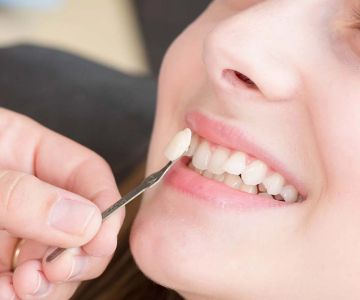
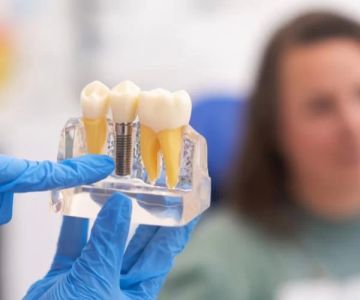
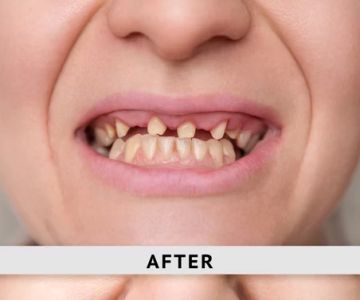

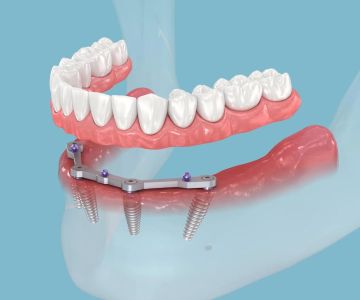
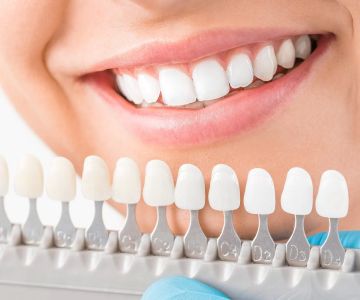
 Westgate Dental Arts
Westgate Dental Arts Coventry Family Dental
Coventry Family Dental Familia Dental
Familia Dental Dr. Daniel S. Fife, DDS
Dr. Daniel S. Fife, DDS Dentistry At Suburban Square: Michael I. Wollock, DMD
Dentistry At Suburban Square: Michael I. Wollock, DMD Comfort Care Dental
Comfort Care Dental The Importance of Oral Health Education During Pregnancy for a Healthy Pregnancy
The Importance of Oral Health Education During Pregnancy for a Healthy Pregnancy Why Skipping Dental Checkups Can Lead to Bigger Oral Health Problems
Why Skipping Dental Checkups Can Lead to Bigger Oral Health Problems Best Tips for Brushing Your Teeth Properly for Healthy Gums: Essential Techniques for Oral Health
Best Tips for Brushing Your Teeth Properly for Healthy Gums: Essential Techniques for Oral Health Advantages of Porcelain Dental Restorations
Advantages of Porcelain Dental Restorations How Can Diabetes Cause Tooth and Gum Problems? Preventing and Managing Oral Health Issues
How Can Diabetes Cause Tooth and Gum Problems? Preventing and Managing Oral Health Issues Healthy Habits for Promoting Good Oral Health and Hygiene: Tips for a Healthy Smile
Healthy Habits for Promoting Good Oral Health and Hygiene: Tips for a Healthy Smile